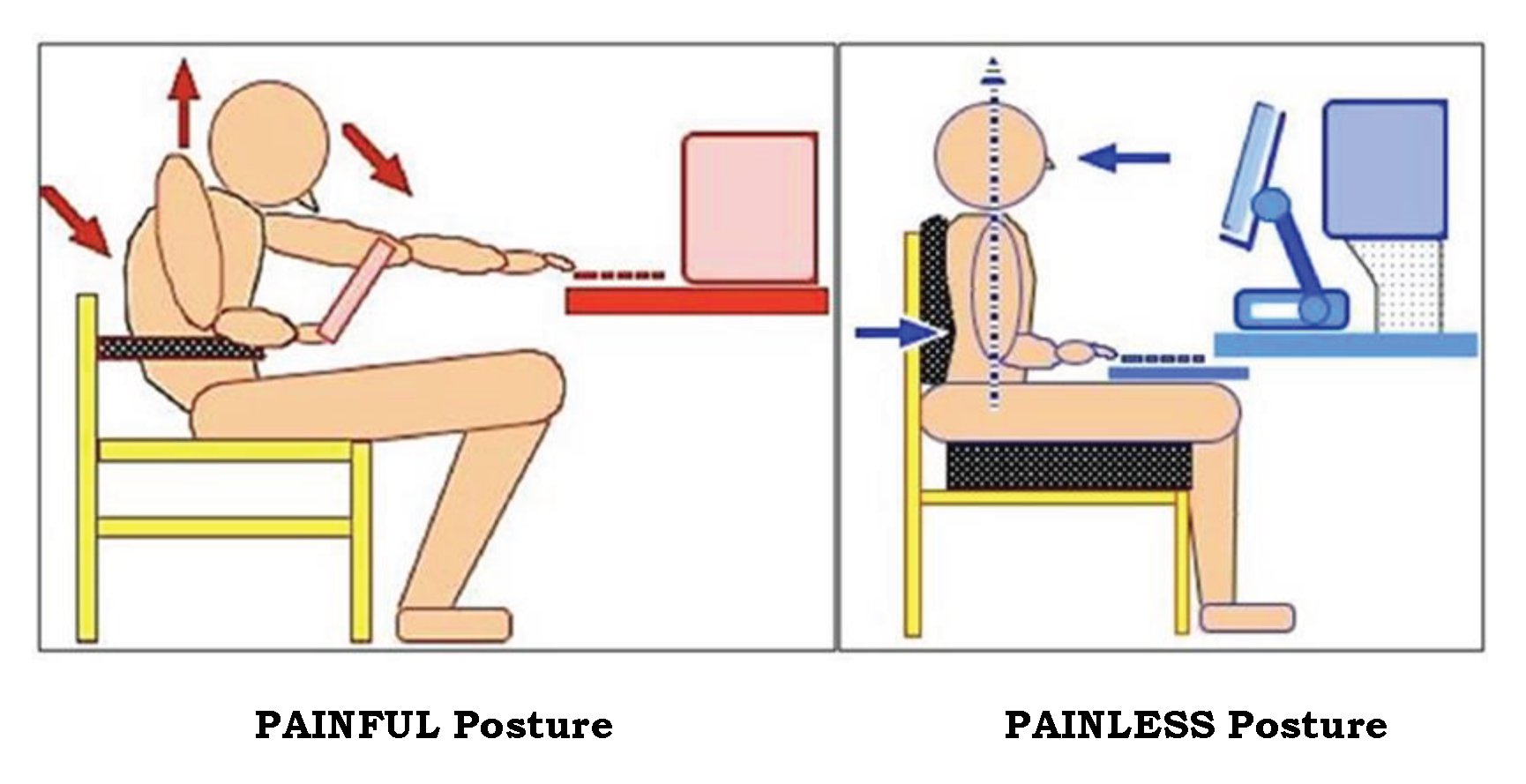Muscle Cramps and Muscle Spasms
A Bruno Byte
From Richard L. Bruno, HD, PhD
Director, International Centre for Polio Education
What is the Difference Between a Muscle “Cramp” and a Muscle “Spasm” ?
A muscle CRAMP is a short-lived, very painful, involuntary contraction of an entire muscle or a relatively large portion of a muscle, usually a leg muscle and sometimes a forearm muscle. Who hasn't had a screamingly painful cramp of the calf muscle that pulls your toes downward and forces you to stand to stretch it out?
A muscle SPASM feels hard, sometimes as hard as bone, and can be as small as an M&M or as big as the entire side of your neck or your low back. No one knows what spasms are or why they can hurt so badly! Spasms seem to be muscle fibers in a small area contracting into a dense knot and usually occur in postural muscles in the neck and back. But, in my 1990 study, there was NO relationship between “hard” a muscle spasm was, muscle electrical activity and pain. So, a small, not-so-dense spasm in a neck muscle can cause a headache that puts you in bed for hours. But a large, dense rock of a spasm in your neck or back may not hurt at all even when a physical therapist puts her thumb in it.
A Question on the topic of Muscle Spasms upon Wakening (7/30/2017)
Original Post: When I wake up at night or in the morning with my neck, legs and back muscles in painful spasm. I have to stretch and make my arms and legs stretch as much as I can. I have to do this two or three times and showers before I can move.
Dr. Bruno’s Response: Painful muscle spasms when you wake from sleep in the morning, which usually happens during REM (dream) sleep when your brain actually paralyzes your muscles, sounds like another polio paradox. But the clue as to why muscles go into spasm after you wake lies in the brain's ability to control your motor neurons and your muscles. Spinal cord motor neurons are like misbehaving, stubborn children. They want to make muscles contract all the time. It's what motor neurons do! But, to prevent the "kids" from doing what they want their "parent," the brain, sends signals to the spinal cord telling the kids when and how much they should turn muscles on, and, as important, turn muscles off. If something interferes with the signal to turn muscles off - like a sleeping, poliovirus-damaged brain -- the kids indeed do what they want: They turn muscles on! And when they are turned on for too long you get rigid muscles and painful spasms come morning.
You can see the result of this brain/spinal cord disconnection in a condition that polio survivors know well: leg movements in sleep. Poliovirus-damage to brain muscle control neurons prevents the sleeping brain from automatically sending a "turn off" signal to the spinal cord and allows motor neurons to do what they want: Contract! Our studies of sleep in polio survivors found that these contractions don't just happen in leg muscles but can happen in muscles anywhere -- arms, abdomen, chest and, maybe most painfully, the back and neck.
How do you prevent sleep spasms? Since alcohol turns brain output signals down, you shouldn't drink in the evening. Over using your muscles during the day "irritates" poliovirus- damaged motor neurons and makes them more likely to cause those muscles to contract.
Stretching and painless posture (see below) during the day, stretching and a hot bath before bed and keeping the muscles that spasm warm while you sleep (using a heating pad with an automatic shut off or a little dab of Capzasin also can help.
In our experience at the Post-Polio Institute, the most effective treatment is 0.5 - 2.0 mg of alprazolam (Xanax) 30 minutes before bed. Alprazolam, like its grandfather diazepam (Valium), directly turns off spinal cord motor neurons during sleep when the post-polio brain can't. We hope your doctor won’t say "No" to alprazolam because "it's addictive." The potentially addictive effect of the drug -- relaxation -- occurs when you can't feel it, i.e., during sleep. Alprazolam is a Valium-like drug that directly quiets the spinal cord motor neurons that cause your muscles to twitch at night. In 30+ years, we never have had a Post-Polio Institute patient become addicted to alprazolam or even require higher doses over time. Once the right dose is found, that's the dose the polio survivors' stay on. Sweet spasm-free dreams!
Bottom line: Polio survivors’ muscle OVERUSE and muscle MISUSE (like painful posture) causes cramps.






